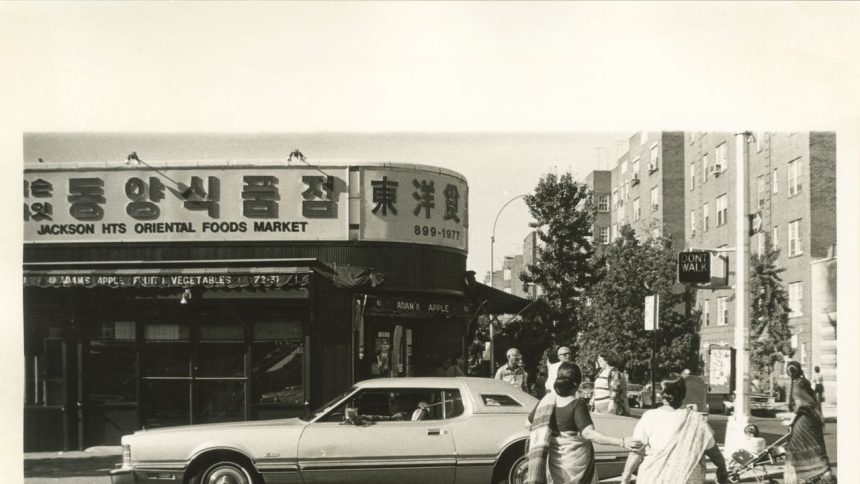A frilly grey sari and a bejeweled silver blouse on display speaks to the story of Shahana Hanif, the first Bangladeshi and Muslim woman elected to the New York City Council, who wore the garment when she was sworn in in 2005. Another photograph shows lawyer Chaumtoli Huq signing a settlement check wearing a sari. Beside her in the picture is her client Shamela Begum, a domestic worker who had accused her employer of labor law violations. The Center for Women’s History continues to collect these personal and political histories that highlight unwritten, undertold legacies woven into cloth.
The earliest instances of women wearing a sari can be traced back to the Indus Valley civilization. Across over 5,000 years, the sari has travelled, adapted, and lived many lives—but seems to have found a true home in New York, reimagined and reclaimed with each pleat and swirl, reshaping the city’s history.
New York Sari is on view at a time when immigrants are being demonized and political crackdowns on migration continue to flex. As councilman Krishnan says: “If we don’t, in these moments, make sure that our stories and the literal fabric of our community ties in with the stories and fabric of other immigrant communities, we are really in danger of being erased from the history of this country.”
The “New York Sari” exhibit is on display at the New York Historical Society through April 26 2026.

Leave a Reply